Porsche 2009 Annual Report Download - page 110
Download and view the complete annual report
Please find page 110 of the 2009 Porsche annual report below. You can navigate through the pages in the report by either clicking on the pages listed below, or by using the keyword search tool below to find specific information within the annual report.-
 1
1 -
 2
2 -
 3
3 -
 4
4 -
 5
5 -
 6
6 -
 7
7 -
 8
8 -
 9
9 -
 10
10 -
 11
11 -
 12
12 -
 13
13 -
 14
14 -
 15
15 -
 16
16 -
 17
17 -
 18
18 -
 19
19 -
 20
20 -
 21
21 -
 22
22 -
 23
23 -
 24
24 -
 25
25 -
 26
26 -
 27
27 -
 28
28 -
 29
29 -
 30
30 -
 31
31 -
 32
32 -
 33
33 -
 34
34 -
 35
35 -
 36
36 -
 37
37 -
 38
38 -
 39
39 -
 40
40 -
 41
41 -
 42
42 -
 43
43 -
 44
44 -
 45
45 -
 46
46 -
 47
47 -
 48
48 -
 49
49 -
 50
50 -
 51
51 -
 52
52 -
 53
53 -
 54
54 -
 55
55 -
 56
56 -
 57
57 -
 58
58 -
 59
59 -
 60
60 -
 61
61 -
 62
62 -
 63
63 -
 64
64 -
 65
65 -
 66
66 -
 67
67 -
 68
68 -
 69
69 -
 70
70 -
 71
71 -
 72
72 -
 73
73 -
 74
74 -
 75
75 -
 76
76 -
 77
77 -
 78
78 -
 79
79 -
 80
80 -
 81
81 -
 82
82 -
 83
83 -
 84
84 -
 85
85 -
 86
86 -
 87
87 -
 88
88 -
 89
89 -
 90
90 -
 91
91 -
 92
92 -
 93
93 -
 94
94 -
 95
95 -
 96
96 -
 97
97 -
 98
98 -
 99
99 -
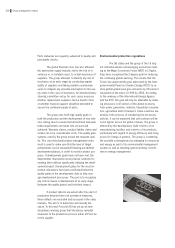 100
100 -
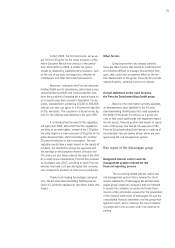 101
101 -
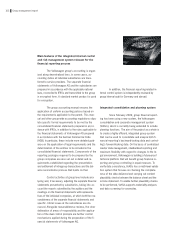 102
102 -
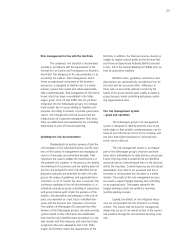 103
103 -
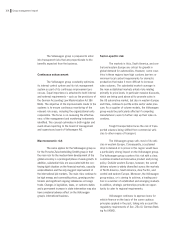 104
104 -
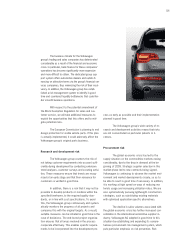 105
105 -
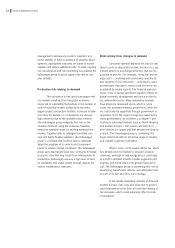 106
106 -
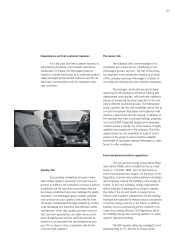 107
107 -
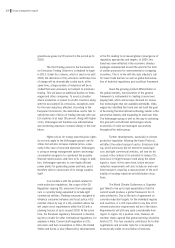 108
108 -
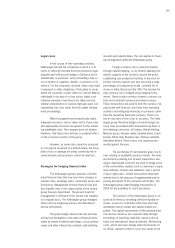 109
109 -
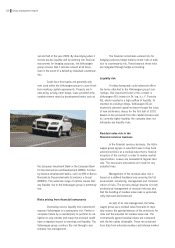 110
110 -
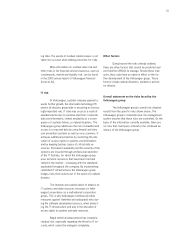 111
111 -
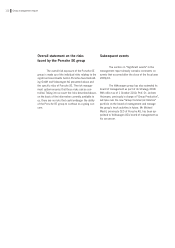 112
112 -
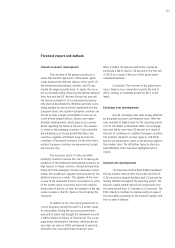 113
113 -
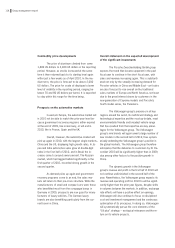 114
114 -
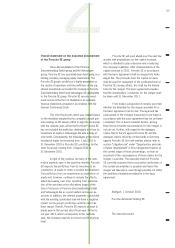 115
115 -
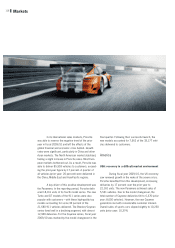 116
116 -
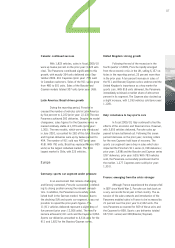 117
117 -
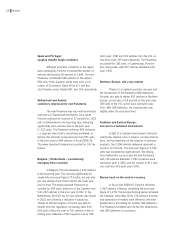 118
118 -
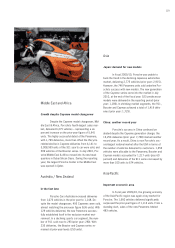 119
119 -
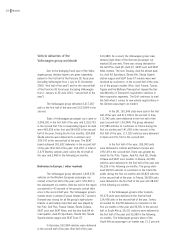 120
120 -
 121
121 -
 122
122 -
 123
123 -
 124
124 -
 125
125 -
 126
126 -
 127
127 -
 128
128 -
 129
129 -
 130
130 -
 131
131 -
 132
132 -
 133
133 -
 134
134 -
 135
135 -
 136
136 -
 137
137 -
 138
138 -
 139
139 -
 140
140 -
 141
141 -
 142
142 -
 143
143 -
 144
144 -
 145
145 -
 146
146 -
 147
147 -
 148
148 -
 149
149 -
 150
150 -
 151
151 -
 152
152 -
 153
153 -
 154
154 -
 155
155 -
 156
156 -
 157
157 -
 158
158 -
 159
159 -
 160
160 -
 161
161 -
 162
162 -
 163
163 -
 164
164 -
 165
165 -
 166
166 -
 167
167 -
 168
168 -
 169
169 -
 170
170 -
 171
171 -
 172
172 -
 173
173 -
 174
174 -
 175
175 -
 176
176 -
 177
177 -
 178
178 -
 179
179 -
 180
180 -
 181
181 -
 182
182 -
 183
183 -
 184
184 -
 185
185 -
 186
186 -
 187
187 -
 188
188 -
 189
189 -
 190
190 -
 191
191 -
 192
192 -
 193
193 -
 194
194 -
 195
195 -
 196
196 -
 197
197 -
 198
198 -
 199
199 -
 200
200 -
 201
201 -
 202
202 -
 203
203 -
 204
204 -
 205
205 -
 206
206 -
 207
207 -
 208
208 -
 209
209 -
 210
210 -
 211
211 -
 212
212 -
 213
213 -
 214
214 -
 215
215 -
 216
216 -
 217
217 -
 218
218 -
 219
219 -
 220
220 -
 221
221 -
 222
222 -
 223
223 -
 224
224 -
 225
225 -
 226
226 -
 227
227 -
 228
228 -
 229
229 -
 230
230 -
 231
231 -
 232
232 -
 233
233 -
 234
234 -
 235
235 -
 236
236 -
 237
237 -
 238
238 -
 239
239 -
 240
240 -
 241
241 -
 242
242 -
 243
243 -
 244
244 -
 245
245 -
 246
246 -
 247
247 -
 248
248 -
 249
249 -
 250
250 -
 251
251 -
 252
252 -
 253
253 -
 254
254 -
 255
255 -
 256
256 -
 257
257 -
 258
258 -
 259
259 -
 260
260 -
 261
261 -
 262
262 -
 263
263 -
 264
264 -
 265
265 -
 266
266 -
 267
267 -
 268
268 -
 269
269 -
 270
270 -
 271
271 -
 272
272 -
 273
273 -
 274
274 -
 275
275
 |
 |

second half of the year 2009. By diversifying when it
invests excess liquidity and by entering into financial
instruments for hedging purposes, the Volkswagen
group ensures that it remains solvent at all times,
even in the event of a default by individual counterpar-
ties.
Credit lines from banks are generally only
ever used within the Volkswagen group to cover short-
term working capital requirements. Projects are fi-
nanced by, among other things, loans provided at fa-
vorable interest rates by development banks such as
the European Investment Bank or the European Bank
for Reconstruction and Development (EBRD), but also
by national development banks, such as KfW or Banco
Nacional de Desenvolvimento Econômico e Social
(BNDES). This extensive range of options means that
any liquidity risk to the Volkswagen group is extremely
low.
Risks arising from financial instruments
Channeling excess liquidity into investments
exposes Volkswagen to counterparty risk. Partial or
complete failure by a counterparty to perform its ob-
ligation to pay interest and repay the principal would
have a negative impact on earnings and liquidity. The
Volkswagen group counters this risk through coun-
terparty risk management.
The financial instruments entered into for
hedging purposes hedge balance sheet risks in addi-
tion to counterparty risk. These balance sheet risks
are mitigated through hedge accounting.
Liquidity risk
A rating downgrade could adversely affect
the terms attached to the Volkswagen group’s bor-
rowings. One important factor in this context is
Volkswagen AG’s interest in Dr. Ing. h.c. F. Porsche
AG, which resulted in a high outflow of liquidity. To
maintain its existing ratings, Volkswagen AG an-
nounced a planned capital increase through the issue
of new preference shares for the first half of 2010.
Based on the proceeds from the capital increase and
its currently higher liquidity, the company does not
anticipate any liquidity risks.
Residual value risk in the
financial services business
In the financial services business, the Volks-
wagen group agrees in selected cases to buy back
selected vehicles at a residual value that is fixed at
inception of the contract in order to realize market
opportunities. Leases are evaluated at regular inter-
vals. The necessary precautions are made for any
potential risks.
Management of the residual value risk is
based on a defined feedback loop ensuring the full
assessment, monitoring, management and communi-
cation of risks. The process design ensures not only
professional management of residual risks but also
that the handling of residual value risks is systemati-
cally improved and enhanced.
As part of its risk management, the Volks-
wagen group uses residual value forecasts to regu-
larly assess the appropriateness of the provisions for
risks and the potential for residual value risk. The
contractually agreed residual values are compared
with the fair values obtainable. These are produced
from data from external providers and internal market-
110 Group management report
